When you're switching from Android to iPhone, the data transfer process might seem intimidating, but it doesn't have to be. You can use the Move to iOS app for a seamless migration of your contacts, photos, and other essential files during setup. Before you begin, there are a few preparatory steps to guarantee everything goes smoothly. Plus, there are alternative methods if you prefer a more manual approach. Understanding these options can save you time and frustration, but you might be wondering what specific steps you need to take next.
Preparing for the Transfer
Preparing for the transfer of your data from Android to iPhone is vital for a smooth swap. First, you need to start by choosing the right phone. Make sure your new iPhone has enough storage to accommodate all your data, including photos, contacts, and apps. It's a good idea to check your current Android device and see how much space your data takes up. This'll help you select the appropriate iPhone model.
Next, consider your backup options. Before you transfer anything, it's important to back up your Android device. You can use Google Drive or any other cloud service to guarantee your data is safe. This backup will serve as a safety net in case something goes wrong during the transfer process. Don't forget to back up your photos, videos, contacts, and any important documents.
Once your data is backed up, it's time to gather any necessary cables or adapters. Depending on the models of your devices, you may need specific accessories to connect them directly.
Lastly, take a moment to note any apps you want to reinstall on your new iPhone. Some apps might not have direct transfers, so it's good to have a list handy. By preparing thoroughly and understanding your backup options, you'll make the changeover from Android to iPhone much easier and more efficient.
Using Move to Ios App
When you're ready to make the switch, the Move to iOS app is your best friend for transferring data from your Android device to your new iPhone. This app simplifies the process, allowing you to move your contacts, message history, photos, videos, web bookmarks, mail accounts, and calendars with ease.
To get started, download the Move to iOS app from the Google Play Store on your Android device. During the iPhone setup process, you'll find an option to transfer data from an Android device. Select this option, and your iPhone will generate a unique code. Enter this code in the Move to iOS app on your Android device.
One of the critical aspects to take into account is data privacy. The Move to iOS app guarantees that your data remains secure during the transfer process. It uses encryption to protect your information, so you can rest easy knowing your personal data isn't compromised.
Before you begin, check for app compatibility. Make sure your Android device is running Android 4.0 or later, as older versions may not support the app. Additionally, verify that both devices are connected to Wi-Fi, as this will facilitate a smoother transfer.
Once everything is set up, the app will guide you through the process, and you'll be on your way to enjoying your new iPhone in no time. With Move to iOS, switching from Android is hassle-free and secure.
Manual Data Transfer Methods
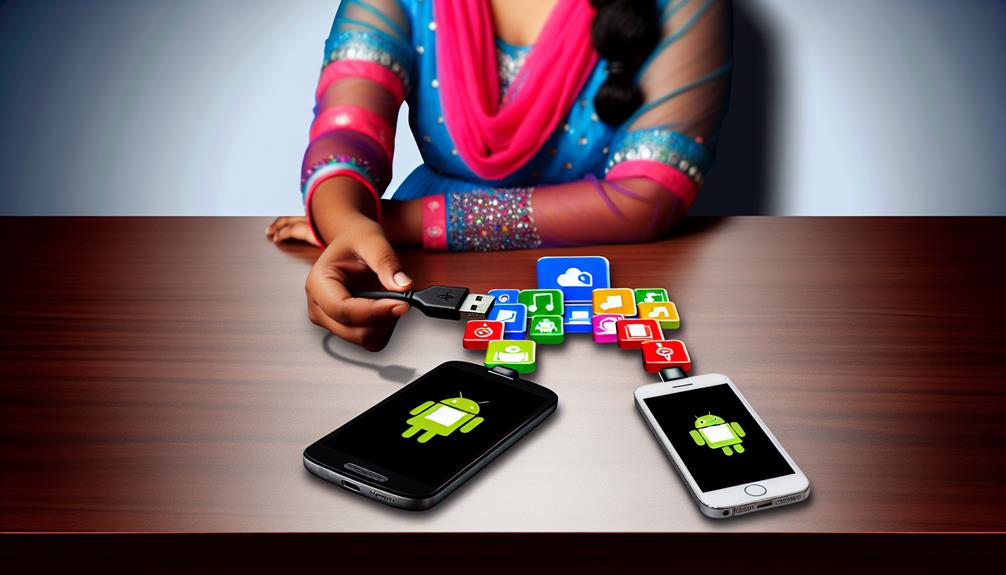
If you prefer a hands-on approach, manual data transfer methods can be a great option for moving your data from Android to iPhone. You can use a USB cable for a direct transfer or leverage cloud services to sync your files seamlessly. Let's explore these methods to find the best fit for your needs.
Using USB Cable
Transferring data using a USB cable offers a straightforward way to move your information from an Android device to an iPhone. By utilizing a high-quality data cable, you can achieve efficient connection speeds, making the process quicker than other methods. Here's how you can do it:
- Get the right cables: You'll need a USB-C to Lightning cable or an adapter compatible with both devices.
- Connect your devices: Plug the data cable into your Android device and the other end into your iPhone.
- Select data to transfer: On your iPhone, choose "Transfer from Android" during the setup process, then follow the prompts to select what you want to move.
- Complete the transfer: Once the data is selected, the transfer will begin. Wait for it to finish—this can vary based on your connection speed and the amount of data.
Using a USB cable guarantees your data remains intact and is transferred safely. Remember, a reliable data cable can greatly enhance the connection speed and overall efficiency of the transfer.
Via Cloud Services
Using cloud services is a versatile option for transferring data from your Android device to an iPhone. With cloud storage, you can easily sync your files and access them on your new device without the hassle of cables. Here's how you can make the most of this method:
| Cloud Service | Key Features | Best For |
|---|---|---|
| Google Drive | 15 GB free storage | Photos and documents |
| Dropbox | Easy file sharing | Collaboration |
| OneDrive | Integration with Office | Office documents |
To get started, upload your important files from your Android device to your preferred cloud storage service. Make certain to organize your files into folders for easy access. Once uploaded, download the app on your iPhone and log in to your account. This will allow you to access and sync your files seamlessly.
Remember that synchronization options may vary by service, so check the settings to verify everything is set up correctly. With these steps, you'll have a smooth changeover to your new iPhone, keeping your essential data just a click away!
Transferring Contacts and Calendar
Transferring your contacts and calendar from Android to iPhone can be straightforward. You can use the Move to iOS app for a seamless transfer, or choose manual methods if you prefer. Let's explore both options so you can decide what works best for you.
Using Move to Ios
When you're ready to move your contacts and calendar from Android to iPhone, the Move to iOS app makes the process a breeze. This app guarantees a seamless shift while prioritizing your data security. Here's how to get started:
- Download Move to iOS: Install the app on your Android device from the Google Play Store.
- Prepare Your iPhone: Make sure your new iPhone is set up and ready for transfer. You'll need to select "Move Data from Android" during the setup.
- Connect Devices: Open Move to iOS on your Android and follow the prompts. A code will appear on your iPhone, which you'll enter on your Android.
- Transfer Data: Choose the contacts and calendar data you want to transfer. The app handles the compatibility issues between both operating systems.
Using Move to iOS not only simplifies the transfer process but also assures that your data remains secure throughout. Plus, it's designed to guarantee app compatibility, so you won't face issues with your contacts and calendar post-transfer. Enjoy your new iPhone with all your important data intact!
Manual Transfer Methods
If you prefer not to use the Move to iOS app, there are straightforward manual methods to transfer your contacts and calendar from Android to iPhone. These methods guarantee data security while maintaining transfer efficiency.
Manual Transfer Options
| Method | Description |
|---|---|
| Google Account Sync | Sync your Android contacts and calendar with a Google account and then add the same account on your iPhone. |
| Export/Import Files | Export contacts as a VCF file on Android, then email it to yourself and open it on your iPhone. For calendars, export as an ICS file. |
| Third-Party Apps | Use apps like My Contacts Backup to create a backup of your contacts, which can be emailed to your iPhone for import. |
Migrating Photos and Videos
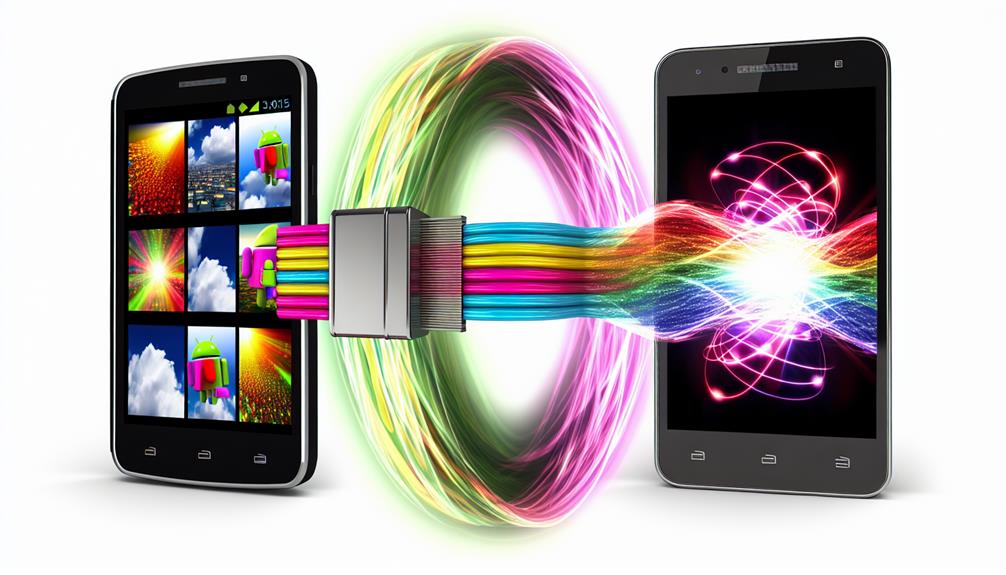
Migrating your cherished photos and videos from Android to iPhone is a straightforward process that guarantees your memories are preserved. You don't have to worry about losing important moments; just follow these simple steps to assure smooth photo organization and video compression.
- Use the Move to iOS App: This app is designed specifically for transferring data from Android to iPhone. It allows you to migrate photos and videos efficiently.
- Prepare Your Devices: Make sure both your Android and iPhone are fully charged and connected to Wi-Fi. This reduces the risk of interruptions during the transfer.
- Select Your Media: When using the Move to iOS app, you'll be prompted to choose the media you want to transfer. Select your photos and videos carefully to assure you only move what you want. Remember, video compression may occur during the process, which can affect quality, so check your settings.
- Finalize the Transfer: Once you've selected your files, initiate the transfer. After it's completed, your photos and videos will be organized in the Photos app on your new iPhone, ready for you to revisit and share.
Moving Apps and Music
After successfully transferring your photos and videos, it's time to move your favorite apps and music to your new iPhone. This process can be straightforward, but you'll want to keep app compatibility in mind. Not all Android apps are available on iOS, so you may need to find alternatives for some.
For music, you'll need to verify that your music formats are compatible with the iPhone. Most common formats like MP3 and AAC will work seamlessly, but some might require conversion. Here's a handy table to guide you:
| Category | Android | iPhone |
|---|---|---|
| Apps | Google Maps | Apple Maps |
| Spotify | Apple Music | |
| iMessage | ||
| Music Formats | MP3 | MP3 |
| WAV | AAC | |
| FLAC | Needs conversion |
To move your apps, download them from the App Store. Simply search for your favorite apps and hit install. For music, if you used Google Play Music or another service, consider switching to Apple Music or transferring your playlists through a third-party app.
Verifying Data on Iphone
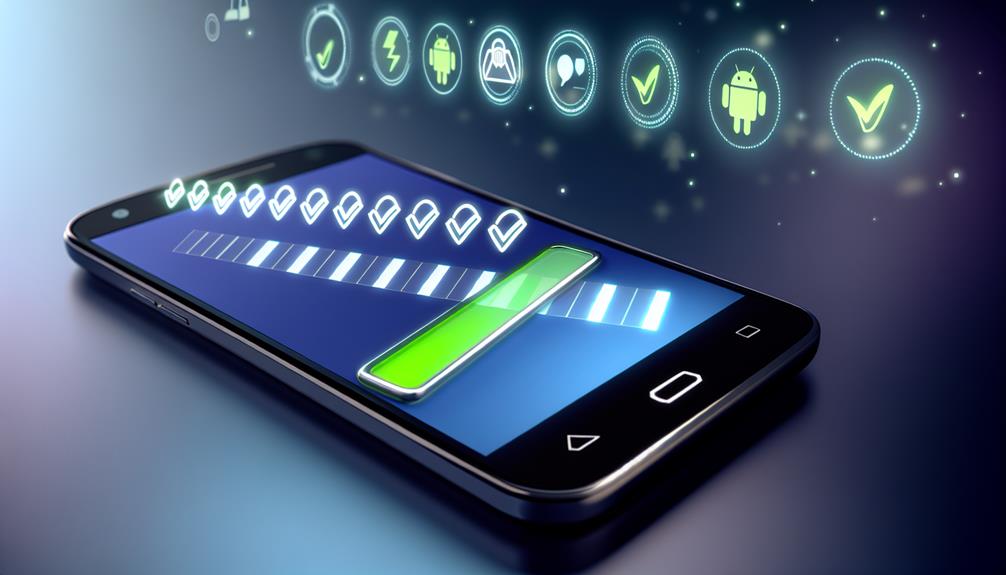
Once you've transferred your apps and music, it's essential to verify that all your data is intact and functioning properly on your iPhone. This guarantees that you can enjoy a seamless experience without worrying about missing information or compromised data privacy. Here's a quick checklist to help you confirm everything's in order:
- Check Contacts: Open your Contacts app and scroll through to confirm all names, numbers, and email addresses transferred correctly.
- Verify Photos and Videos: Go to your Photos app and look through your albums to check that all your cherished memories are there.
- Review Messages: Check your Messages app to see if your important conversations have made the shift. If you used a messaging app, make sure it's synced properly.
- iCloud Settings: Navigate to your iCloud settings to verify everything is set up correctly. Make sure you've enabled the features you need, like backups and syncing for your apps.
Frequently Asked Questions
Can I Transfer Data Without Wi-Fi Access?
Yes, you can transfer data without Wi-Fi. Use Bluetooth transfer for smaller files or connect your devices with a USB cable to move larger data efficiently. Both methods work well for offline data transfer.
What Happens to My Data on the Android After Transfer?
Once you've transferred your data, your Android's like a book with some pages erased. Your data's still secure, but consider making an Android backup first. It guarantees you don't lose anything important during this change.
Is My Iphone Compatible With the Move to Ios App?
Yes, your iPhone's compatible with the Move to iOS app if it's an iPhone 5 or later. This app helps you transfer contacts, messages, photos, and more seamlessly, making your change smooth and efficient.
Will App Settings and Preferences Transfer to Iphone?
In today's tech world, app compatibility matters. While most data transfers smoothly, don't expect all app settings and preferences to carry over. There's a chance of data loss with certain apps during the transfer process.
How Long Does the Data Transfer Process Usually Take?
The data transfer process usually takes anywhere from a few minutes to several hours. Data transfer speed can vary based on file size, connection type, and network conditions, so those factors can considerably affect transfer time.
Conclusion
In the end, whether you choose the seamless Move to iOS app or the hands-on approach of manual transfers, you can successfully shift from Android to iPhone. Each method has its perks—speed versus control—so pick what suits you best. Don't forget to verify your data for peace of mind. Embrace your new iPhone, and enjoy the blend of familiarity and innovation it brings, making it feel like home while offering fresh experiences.
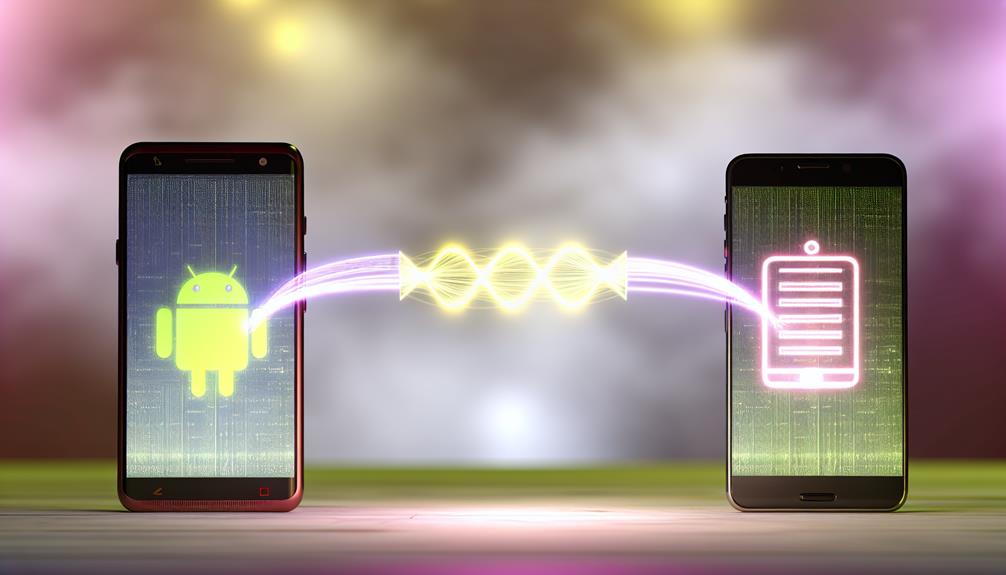



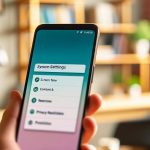

Leave a Reply